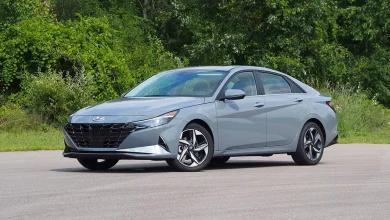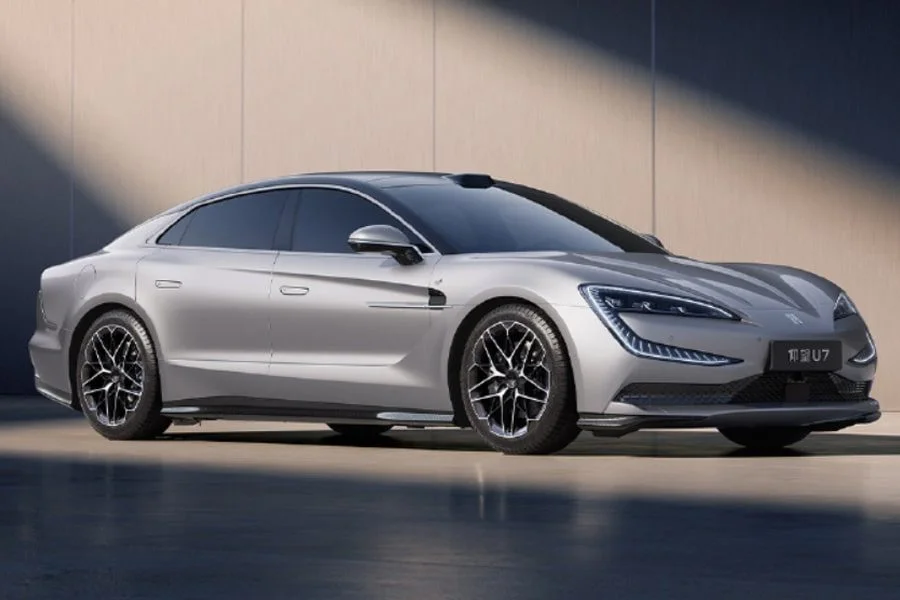Decoding Car Trim Levels: What Do They Really Mean?

When shopping for a new car, you’ll often come across the term “trim levels.” These are various versions of a vehicle model, each offering different features and pricing. Understanding trim levels is crucial for choosing the right car that fits both your needs and budget. But what exactly do these trim levels mean, and how do they affect your car-buying decision? In this comprehensive guide, we’ll break down the concept of car trim levels, explore what each level typically includes, and explain why it’s important to choose the right one.

What Are Car Trim Levels?
Car trim levels refer to the different versions of the same car model that come with varying features, technology, and performance options. Manufacturers use these levels to create a range of price points and appeal to different types of buyers. For example, a base model might come with essential features, while a higher trim level could offer luxury amenities like leather seats, a premium sound system, or advanced safety technology.
Each trim level usually has a specific name, such as LX, EX, Sport, or Limited, and these names can vary by manufacturer. However, the concept remains the same across all brands: the higher the trim level, the more features and amenities the car offers.
Understanding Different Trim Levels
- Base Trim (Entry-Level)
The base trim level, also known as the entry-level trim, is the most affordable version of a car model. It comes with standard features that are essential for driving but may lack the bells and whistles found in higher trims. Common features in base trims include basic audio systems, manual climate control, cloth seats, and standard safety features like airbags and anti-lock brakes.
The base trim is perfect for budget-conscious buyers who need reliable transportation without the extra frills. It provides all the necessary components of a vehicle but may not have advanced technology or luxurious options.
- Mid-Level Trims
Mid-level trims offer a balance between price and features. These trims typically add a few comfort and technology upgrades compared to the base model, such as a larger touchscreen display, automatic climate control, enhanced audio systems, or upgraded upholstery.
Mid-level trims are ideal for those who want a few extra features but don’t want to splurge on the highest trim levels. These versions often represent the best value for many buyers, as they include useful amenities without the premium price tag.
- High-End or Premium Trims
High-end or premium trims are the most feature-rich versions of a car model. These trims offer luxury features, advanced safety technologies, and the latest in infotainment systems. Leather seating, heated and ventilated seats, panoramic sunroofs, and advanced driver-assistance systems like adaptive cruise control and lane-keeping assist are commonly found in these trims.
While premium trims can significantly increase the overall cost of the vehicle, they provide a luxurious driving experience and are often equipped with cutting-edge technology.
- Performance Trims
Some vehicles also offer performance-focused trims, such as Sport or GT, which emphasize power and handling. These trims usually come with more powerful engines, sport-tuned suspensions, and specialized braking systems. While these performance trims may not have as many luxury features as the premium trims, they are designed for drivers who prioritize driving dynamics and speed.
Factors to Consider When Choosing a Trim Level
- Budget
Your budget will play a significant role in determining which trim level to choose. While high-end trims may offer exciting features, they come with a higher price tag. It’s important to weigh the cost against the value of the features that each trim level offers.
- Lifestyle and Driving Needs
Consider your daily driving habits and needs. If you frequently drive long distances or spend a lot of time in your car, you might want to invest in a mid- or high-level trim for extra comfort. If you primarily use your vehicle for short commutes, the base trim might be more than sufficient.
- Resale Value
Higher trim levels tend to hold their value better than base models when it comes to resale. Features like advanced safety systems and luxury amenities can make your car more appealing to future buyers, allowing you to recoup some of your initial investment when it’s time to sell or trade-in.
Why Trim Levels Matter
Choosing the right trim level ensures that your car suits both your lifestyle and budget. It can also enhance your driving experience by providing additional comfort, technology, and safety features. Additionally, understanding trim levels helps you avoid paying for features you don’t need, allowing you to focus on the options that matter most to you.
Conclusion
Decoding car trim levels is essential for making an informed decision when buying a vehicle. From the base trim to high-end models, each level offers a unique combination of features, comfort, and performance. By considering your budget, lifestyle, and driving needs, you can choose the trim level that provides the best value for you.




